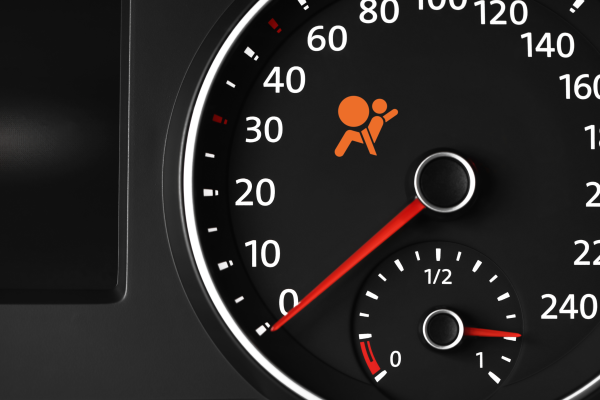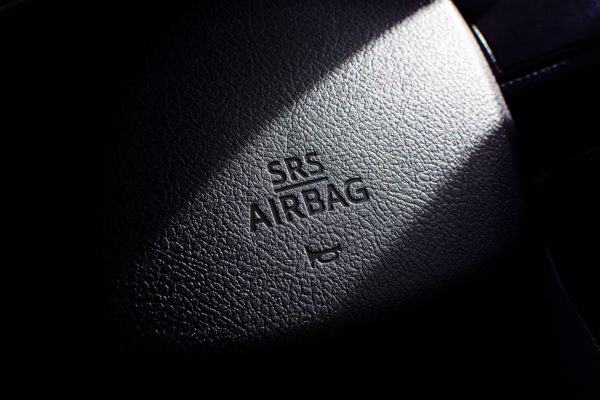Vehicle Maintenance
Understanding the Duration of Vehicle Inspections: How Much Time Do You Need?

The Variables Impacting Inspection Time
When it comes to vehicle inspections, understanding the time investment required is crucial for planning purposes. Several factors can influence the duration of a vehicle inspection. The type of inspection being conducted, such as whether it's for emissions, safety, or a comprehensive examination, will significantly alter the time frame. Moreover, the make, model, and age of the vehicle in question can also play a role. Older cars may need more thorough inspections due to potential wear and tear. Additionally, the condition of the vehicle at the time of inspection can either shorten or lengthen the process; a well-maintained car is likely to pass through more swiftly than one that has been neglected.
Standard Inspection Durations
Typically, a standard vehicle inspection can take anywhere from 15 minutes to an hour. This range accounts for the checking of basic safety features such as lights, tires, brakes, and the steering system. Emissions tests, often part of the inspection process in regions where air quality is a concern, can add additional time. Such tests usually require the vehicle to be driven on a dynamometer or have a probe inserted into the exhaust pipe to collect data, which generally only adds about 15 to 30 minutes to the inspection duration.
Pre-Inspection Preparations
Preparing for a vehicle inspection can save time and ensure that your experience is as swift and smooth as possible. This preparation includes ensuring that all lights are working, the brakes are responsive, and the tires are in good condition with proper tread depth. It's also advisable to gather all necessary documents beforehand, such as registration and proof of insurance, to avoid any delays once you arrive for your appointment.
Appointment vs. Walk-In Inspections
Another factor to consider is whether you schedule an appointment or opt for a walk-in inspection. Making an appointment can help reduce wait times and provide a more accurate estimate for how long the inspection will take. On the other hand, walk-in inspections may be subject to longer waits, especially during peak times or at busy locations. It's always best to check with your chosen inspection station ahead of time to see what they recommend.
Potential for Delays
Unforeseen issues can arise during the inspection that may extend the time needed. Discovery of problems such as engine trouble, worn brakes, or other safety hazards can prolong the process, as the inspector may need additional time to document these findings. In some cases, repairs may need to be addressed before the vehicle can pass inspection, requiring a follow-up visit.
Planning for Variability
In conclusion, while most vehicle inspections can be completed within a reasonably short time frame, several variables can affect the exact duration. By understanding these factors and preparing accordingly, vehicle owners can better plan for the inspection process and allocate the necessary time to ensure compliance with all regulations and maintain safety on the roads. Always remember to stay proactive about vehicle maintenance, keeping your vehicle in top condition, and making the inspection process as efficient as possible.
Vehicle Maintenance
Understanding and Fixing Your Car's Service Airbag Light Issue
Vehicle Maintenance
Seat Belt Cleaning Guide: Easy Tips and Tricks for Your Car
The Variables Impacting Inspection Time
When it comes to vehicle inspections, understanding the time investment required is crucial for planning purposes. Several factors can influence the duration of a vehicle inspection. The type of inspection being conducted, such as whether it's for emissions, safety, or a comprehensive examination, will significantly alter the time frame. Moreover, the make, model, and age of the vehicle in question can also play a role. Older cars may need more thorough inspections due to potential wear and tear. Additionally, the condition of the vehicle at the time of inspection can either shorten or lengthen the process; a well-maintained car is likely to pass through more swiftly than one that has been neglected.
Standard Inspection Durations
Typically, a standard vehicle inspection can take anywhere from 15 minutes to an hour. This range accounts for the checking of basic safety features such as lights, tires, brakes, and the steering system. Emissions tests, often part of the inspection process in regions where air quality is a concern, can add additional time. Such tests usually require the vehicle to be driven on a dynamometer or have a probe inserted into the exhaust pipe to collect data, which generally only adds about 15 to 30 minutes to the inspection duration.
Pre-Inspection Preparations
Preparing for a vehicle inspection can save time and ensure that your experience is as swift and smooth as possible. This preparation includes ensuring that all lights are working, the brakes are responsive, and the tires are in good condition with proper tread depth. It's also advisable to gather all necessary documents beforehand, such as registration and proof of insurance, to avoid any delays once you arrive for your appointment.
Appointment vs. Walk-In Inspections
Another factor to consider is whether you schedule an appointment or opt for a walk-in inspection. Making an appointment can help reduce wait times and provide a more accurate estimate for how long the inspection will take. On the other hand, walk-in inspections may be subject to longer waits, especially during peak times or at busy locations. It's always best to check with your chosen inspection station ahead of time to see what they recommend.
Potential for Delays
Unforeseen issues can arise during the inspection that may extend the time needed. Discovery of problems such as engine trouble, worn brakes, or other safety hazards can prolong the process, as the inspector may need additional time to document these findings. In some cases, repairs may need to be addressed before the vehicle can pass inspection, requiring a follow-up visit.
Planning for Variability
In conclusion, while most vehicle inspections can be completed within a reasonably short time frame, several variables can affect the exact duration. By understanding these factors and preparing accordingly, vehicle owners can better plan for the inspection process and allocate the necessary time to ensure compliance with all regulations and maintain safety on the roads. Always remember to stay proactive about vehicle maintenance, keeping your vehicle in top condition, and making the inspection process as efficient as possible.
Vehicle Maintenance
Understanding and Fixing Your Car's Service Airbag Light Issue
Vehicle Maintenance
Seat Belt Cleaning Guide: Easy Tips and Tricks for Your Car


